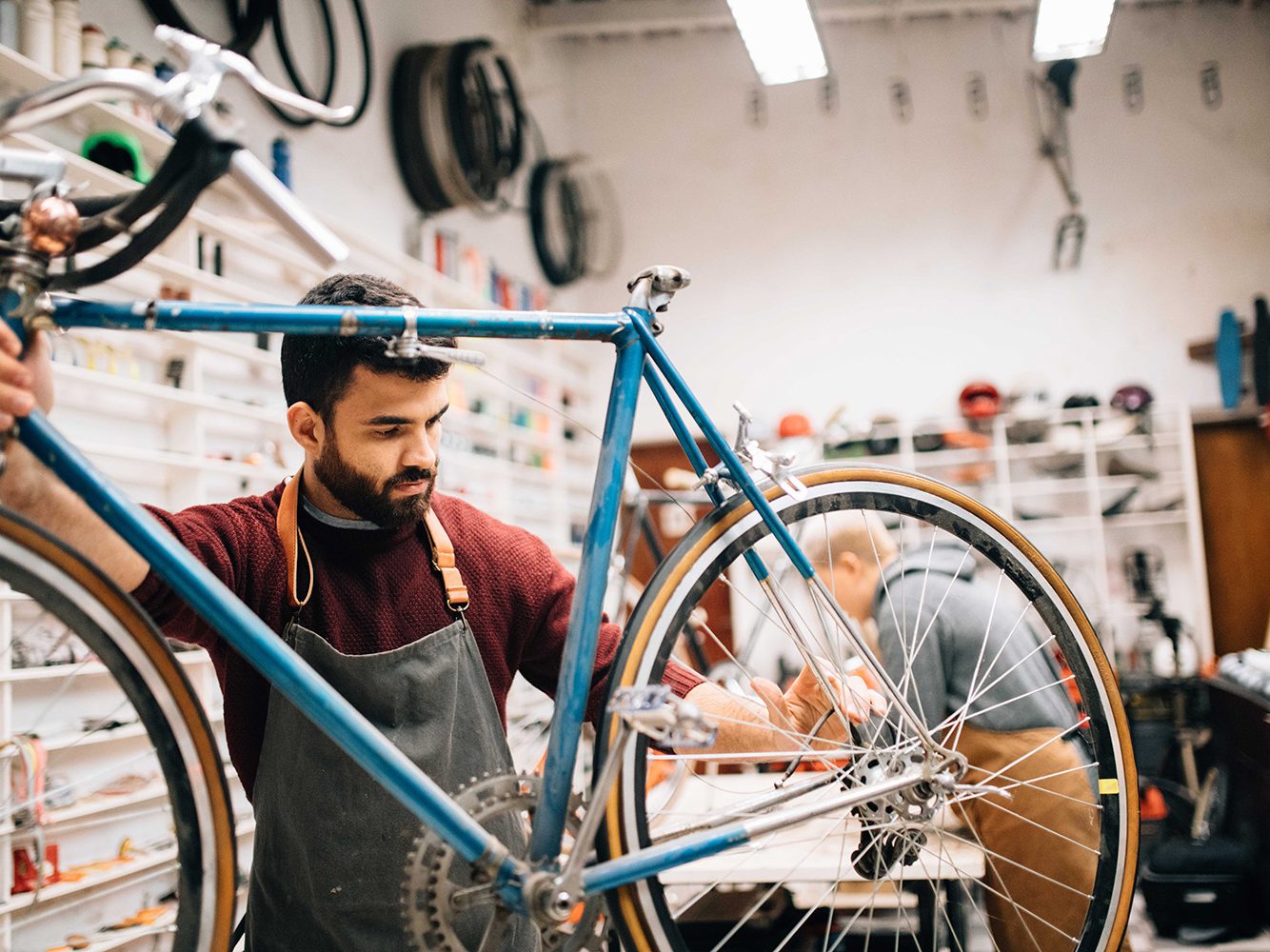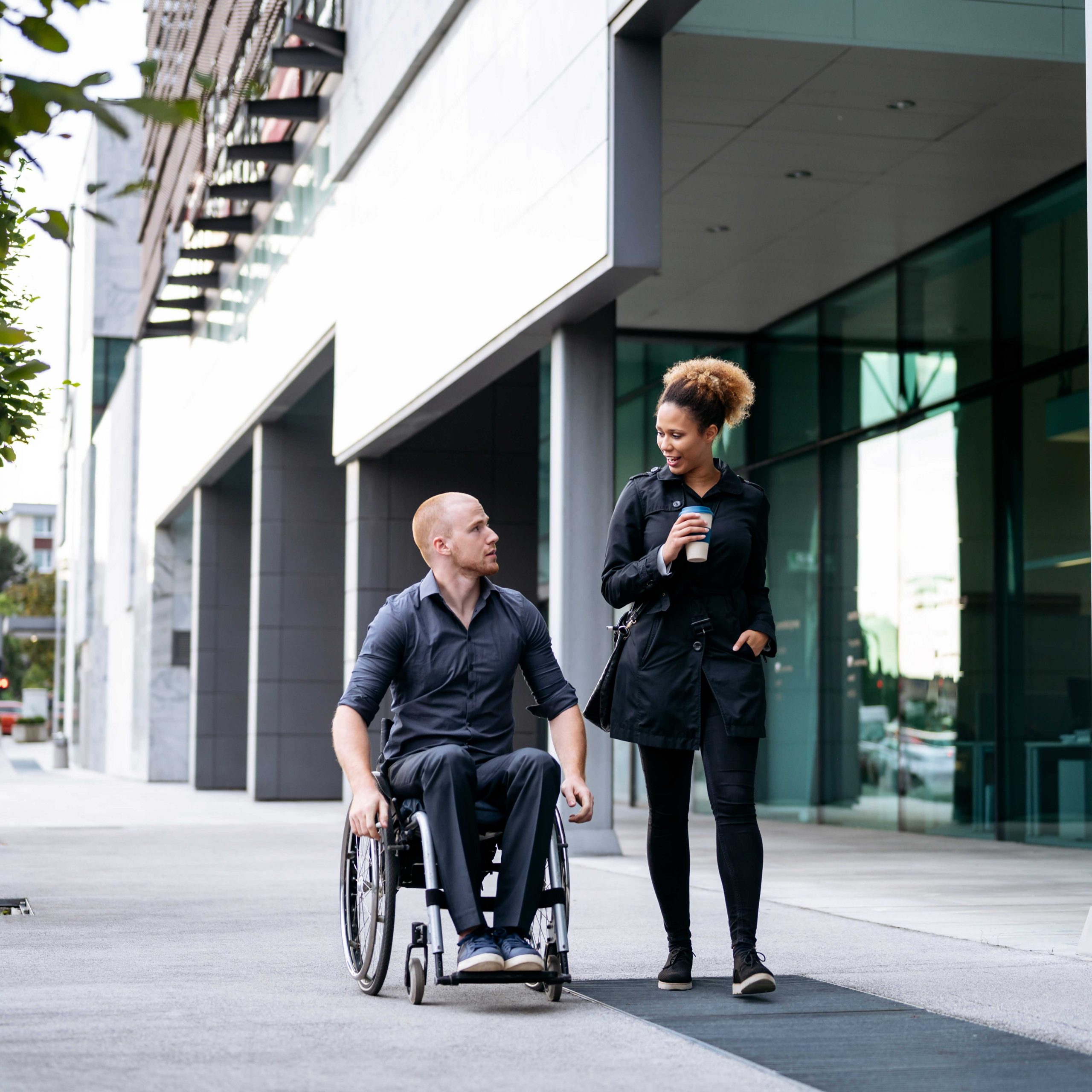Breathe Better Priorities
1. Making workplace premises a smoke free zone, including outdoor areas.
This might include: ensuring work vehicles are smoke-free, ensuring compliance with Smokefree legislation, that outdoor smoking breaks are taken off premises or at least 7 steps away from doorways to reduce smoke drifting in.
2. Encourage staff who wish to stop smoking to access support and let them know they are much more likely to succeed in quitting with the help that is available.
This might include signposting staff to our Living Well Stop Smoking service, allowing staff members time from work to attend smoking cessation sessions or even inviting our Living Well Stop Smoking service to your workplace site to give information or provide their service there.
3. Support increasing the amount of in-work travel which is by electric vehicle or active travel (walking, cycling, using public transport).
This might include highlighting the benefits to staff and our workplace of reducing pollution and saving money on our mileage, purchasing or renting electric cars, e-bikes or cargo-bikes, offering reimbursement or incentives for staff to switch their in-work mileage to active travel including public transport.
4. Support staff to walk or cycle, rather than drive to work.
This might include signing up to and promoting our Living Well 20 Minute Movement campaign; installing electric charging points for staff use, creating staff incentives or competitions related to walking or cycling, ensuring staff understand the health of getting active, reducing pollution and saving money, offering reimbursement for active travel mileage, registering for and promoting cycle to work schemes, so your employees can access tax free bikes and cycling equipment for commuting and home use.
5. Provision of secure cycle storage for visitors and customers.
6. Making it easier for staff to walk or bike to work by introducing or improving shower, changing and cycle and clothing storage for staff.
We can do some research with staff first to find out about potential demand and to see what they think about the current facilities (if any) and what would make them more likely to use them. In some cases there may be access to active travel funding.
7. Encourage staff to be protected against vaccine-preventable respiratory infections, such as Flu and COVID-19.
This could include offering vaccinations on site or providing vaccination vouchers to staff who aren’t eligible for free NHS vaccinations. You could also offer staff paid time from work to attend appointments and promote the importance of vaccinations.




